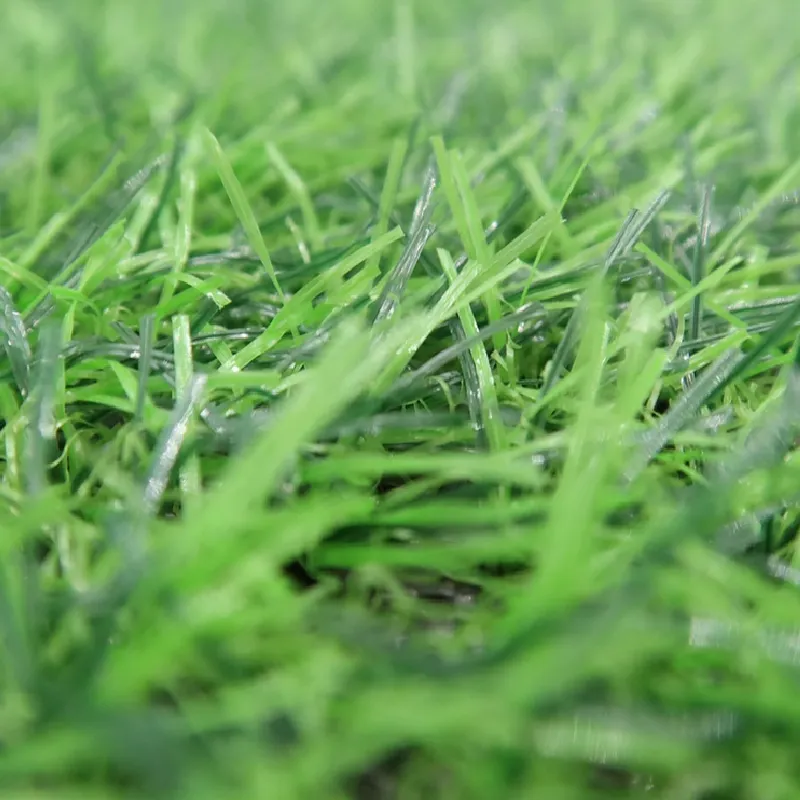
- Afrikaans
- Arabic
- Belarusian
- Bengali
- Czech
- Danish
- Dutch
- English
- Esperanto
- Estonian
- Finnish
- French
- German
- Greek
- Hindi
- Hungarian
- Icelandic
- Indonesian
- irish
- Italian
- Japanese
- kazakh
- Rwandese
- Korean
- Kyrgyz
- Lao
- Latin
- Latvian
- Malay
- Mongolian
- Myanmar
- Norwegian
- Persian
- Polish
- Portuguese
- Romanian
- Russian
- Serbian
- Spanish
- Swedish
- Tagalog
- Tajik
- Thai
- Turkish
- Turkmen
- Ukrainian
- Urdu
- Uighur
- Uzbek
- Vietnamese
Understanding the Layers of Synthetic Turf for Optimal Performance and Durability
Dec . 21, 2024 08:01 Back to list
Understanding Artificial Grass Layers A Comprehensive Guide
Artificial grass, often seen in sports fields, residential lawns, and commercial landscapes, has gained immense popularity due to its low maintenance and year-round aesthetic appeal. However, one of the critical aspects that determine the quality and performance of artificial grass lies in its layered construction. In this article, we'll explore the various components that make up artificial grass layers, their functions, and the benefits they provide.
The backing layer is foundational to any artificial grass product. It provides stability and support to the grass blades. Typically made of durable materials like polyurethane or latex, the backing layer is designed to withstand various weather conditions and heavy use. It provides a robust platform that helps to anchor the grass blades, preventing them from shifting or tearing. A high-quality backing layer also enhances drainage, allowing water to flow through easily and preventing puddling on the surface.
2. Fibers and Blade Structure
The most visible part of artificial grass is its fibers, often referred to as blades. These plush strands are designed to mimic the appearance and feel of natural grass. Artificial grass fibers can vary significantly in height, texture, and color, providing flexibility to suit different applications. For instance, sports turf often features shorter, more resilient blades that can withstand intense physical activity, while residential lawns might have longer, softer blades for enhanced comfort.
The blade structure often includes a combination of monofilament and slit film fibers. Monofilament fibers are single strands that provide durability and a natural look, whereas slit film fibers are created by slicing a flat film into thin strips, which increases the grass's density and enhances its resilience. Together, these different types of fibers create a realistic appearance and texture that enhances both aesthetics and functionality.
3. Infill Material
artificial grass layers

Infill material is a critical component that plays several roles in artificial grass systems. Typically made from materials like crumb rubber, sand, or organic substances, infill helps to support the grass blades, keeping them upright and adding weight to prevent shifting. The infill also contributes to the cushioning effect, making the surface safer for sports and recreational activities.
Moreover, infill assists with drainage, helping to keep the surface dry after rain or irrigation. It can also play a role in heat management, as certain infill materials are designed to reduce the heat build-up that can occur in direct sunlight. Choosing the right type of infill is essential, as it can greatly influence the performance and feel of the artificial grass.
4. Shock Pad Layer
For applications where safety is a concern, such as playgrounds and sports facilities, a shock pad layer is often included beneath the artificial grass. This layer, typically made of foam or similar materials, acts as a cushion, absorbing impact and reducing the risk of injury during falls. The shock pad enhances player safety and comfort, making it an essential addition in high-traffic areas.
5. Drainage System
While not a physical layer in the traditional sense, a well-designed drainage system is critical for the longevity and performance of artificial grass. Ensuring that water can easily drain away is essential to preventing mold and mildew growth, as well as avoiding wear and tear on the grass fibers. Most quality artificial grass products incorporate a series of perforations in the backing layer, allowing for optimal water flow and drainage.
Conclusion
In summary, understanding the different layers of artificial grass is crucial for anyone considering this versatile option for their landscaping or sporting needs. From the backing layer that provides structural support to the equally important infill and shock pad layers that enhance performance and safety, each component plays a vital role in the overall functionality of artificial grass. As technology and materials continue to evolve, so too will the efficacy and appeal of artificial grass, making it an increasingly attractive choice for various applications. Whether for residential use, athletic fields, or recreational spaces, knowledge of these layers will empower consumers to make informed decisions in selecting the right artificial grass product to meet their needs.
-
The Benefits of Artificial Turf for Indoors
NewsJul.15,2025
-
How Artificial Grass Suppliers Ensure Quality Products
NewsJul.15,2025
-
Artificial Grass and Pets: A Space for Relaxation
NewsJul.08,2025
-
Balcony & Outdoor Decoration with Artificial Grass
NewsJul.08,2025
-
Best Indoor Artificial Grass for Home
NewsJul.07,2025
-
Best Pet Turf for Dogs: Safe & Durable Artificial Grass Options
NewsJul.07,2025
Products categories









